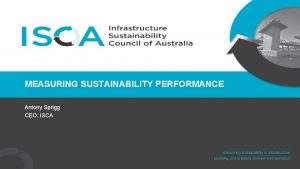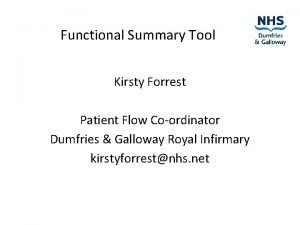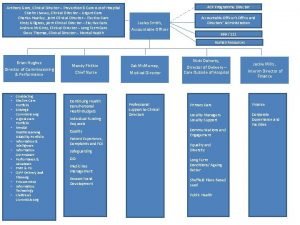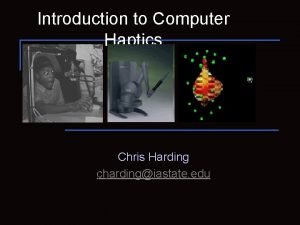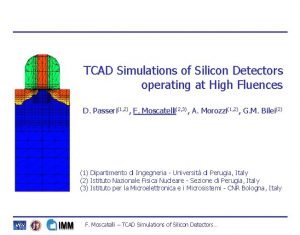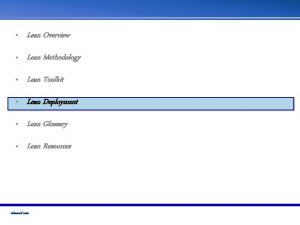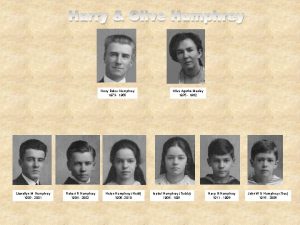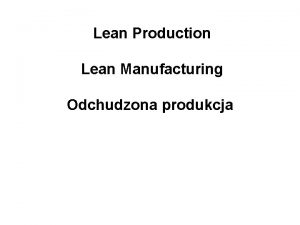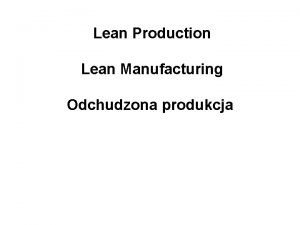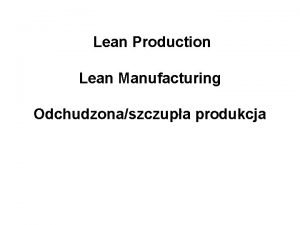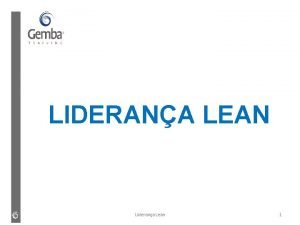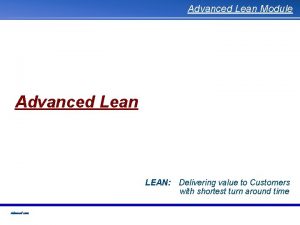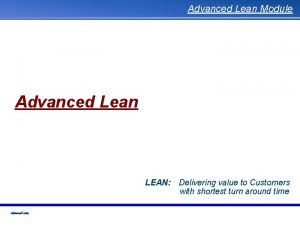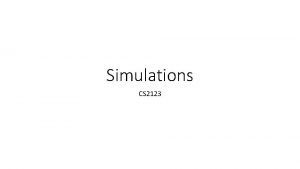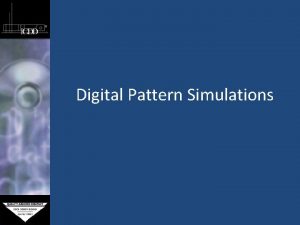High resolution COPE simulations Kirsty Hanley Humphrey Lean




















- Slides: 20

High resolution COPE simulations Kirsty Hanley, Humphrey Lean Met. Office@Reading, UK © Crown copyright Met Office

Model setup – UM vn 8. 2 PS 32 Set of nested models. UKV – 1. 5 km grid length, 70 levels, 2 D subgrid turbulence scheme, BL mixing in vertical. 500 m model – 500 x 400 km 200 m model – 300 x 200 km 100 m model – 150 x 100 km High res models: 140 vertical levels, 3 D subgrid turbulence scheme, RHcrit is 0. 97 (0. 91) in 1 st few layers decreasing smoothly to 0. 9 (0. 8) at ~3. 5 km. © Crown copyright Met Office

18 July – popcorn convection up to 9 km © Crown copyright Met Office

3 Aug – convergence line © Crown copyright Met Office

15 Aug – intense warm rain showers © Crown copyright Met Office

25 July – line of showers up to 3 km © Crown copyright Met Office

25 July – line of showers up to 3 km Scale-aware microphysics package Scheme includes new autoconversion, subgrid variability of cloud & rain, new dropsize distribution. See Boutle et al 2014, MWR for more details. © Crown copyright Met Office

25 July – line of showers up to 3 km Ian’s microphysics package New package reduces precipitation but lines still break up in 200 m and 100 m simulations. © Crown copyright Met Office

Summary 1 • Saw quite high rainrates from warm rain. • Cells appear to get smaller as grid length is reduced – this agrees with work done for DYMECS. • The high resolution models produce too much rain. • Lines appear to break up in 200 m and 100 m model – why? • More cases can be seen in the report sent out last Friday. • Are the cells getting smaller a result of the updrafts getting narrower or is it a microphysics issue? Ø Look at a sea breeze case without precipitation to isolate vertical velocity. © Crown copyright Met Office

July 5 – sea breeze convergence © Crown copyright Met Office

July 5 – sea breeze convergence Vertical velocity at 500 m amsl Different scale! Extended 200 m and 100 m domains by 50 km to north © Crown copyright Met Office

July 5 – sea breeze convergence - Davidstow © Crown copyright Met Office Lidar data provided by Barbara Brooks

July 5 – sea breeze convergence - Davidstow © Crown copyright Met Office

11 UTC 12 UTC Angle of 135 from radar UKV initially moves slower but then 13 UTC speeds up: Between 12 -14 UTC UKV moves ~10 km, high res move ~7. 5 km 14 UTC © Crown copyright Met Office

Reflectivity Sea breeze moves ~8 km in 1 hour. © Crown copyright Met Office Velocity

July 5 – sea breeze convergence More low cloud in UKV -> lower surface temperatures > sea breeze convergence moves slower initially. © Crown copyright Met Office

July 5 – sea breeze convergence – FAAM obs © Crown copyright Met Office

July 5 – sea breeze convergence – FAAM obs © Crown copyright Met Office

July 5 – sea breeze convergence – surface obs © Crown copyright Met Office

Summary 2 and Future Work • Updraft magnitude and width compares reasonably well between the observations and the high resolution models • How does cloud width compare? • What determines front propagation speed? Roll spacing/depth? • Why do high res models break up lines and produce too much precipitation? • Compare simulations with other measurements – FAAM, King Air, Radar, Lidar, surface stations. • Identify key areas of difference between models and observations: • Timing, location, size and intensity of cells. • Cases of particular interest: • 5 July, 18 July, 25 July, 3 August, 15 August © Crown copyright Met Office
 High resolution low resolution
High resolution low resolution Kirsty hunter
Kirsty hunter Kirsty danielson
Kirsty danielson Kirsty clelland
Kirsty clelland What is sprigg performance management
What is sprigg performance management Kirsty tonks
Kirsty tonks Kirsty mc
Kirsty mc Kirsty forrest
Kirsty forrest Kirsty gillgrass
Kirsty gillgrass St louis city public administrator
St louis city public administrator Dementia friendly nevada
Dementia friendly nevada Practical functional assessment
Practical functional assessment Sally hanley
Sally hanley Mind hanley
Mind hanley Iisca
Iisca Hanley building society stone
Hanley building society stone Yes or no
Yes or no Clinical simulations in nursing education
Clinical simulations in nursing education Chris harding simulations
Chris harding simulations Tcad simulations
Tcad simulations World history simulations
World history simulations




